Featured Panoramic Photo Above:
Classic Charles Conlon photo of Ty Cobb sliding into Jimmy Austin
Baseball History Comes Alive Now Ranked As a Top Five Website by Feedspot Among All Baseball History Websites and Blogs!
(Check out Feedspot's list of the Top 35 Baseball History websites and blogs)

Guest Submissions from Our Readers Always Welcome! Click for details
Scroll Down to Read Today’s Essay
Subscribe to Baseball History Comes Alive for automatic updates. As a Free Bonus, you’ll get instant access to my Special Report: Gary’s Handy Dandy World Series Reference Guide!
Babe Ruth Photo Gallery
Click on any image below to see photos in full size and to start Photo Gallery:
The Sad Saga of Babe Ruth and the Baby Ruth Candy Bar
Since I never tire of writing about the great Bambino, today I’ve got a follow-up to my “Happy Birthday, Babe” post from a few days ago. That post has generated 3.8K “likes” on Facebook.
One of the readers on Facebook commented that he liked the book, The Big Fella, by Jane Leavy. I agreed with him and I mentioned that I enjoyed the story from the book about the Baby Ruth candy bar. Another reader asked for details about the
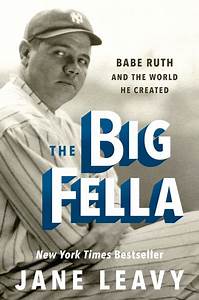
story, so I thought this would be a good time to post excerpts from my review of the book that goes into detail about Babe and the candy bar saga. In today’s parlance, I think we can safely say the Babe got “screwed!”
Also, thanks to Don Stokes for sending me his great colorization of Babe and Walter Johnson from 1926. Look closely. You’ll see they’re each eating Ruth’s Home Run candy bar! (not the same as the Baby Ruth candy bar).
Excerpts From My Review of:
The Big Fella, by Jane Leavy
“Well, I ain’t eatin’ your damned candy bar anymore!” —Babe Ruth, 1927
…And after you read the story, who could blame him?
I’ve just finished reading the wonderful new book on Babe Ruth, The Big Fella. In case you’re thinking: What else can there be said about Babe Ruth that hasn’t already been said? To which I answer: Plenty! Ms. Leavy has done exhaustive research and has uncovered lots of new information. The overall theme is aptly summarized in the subtitle: “Babe Ruth and the World He Created.”
Ms. Leavy assumes we all know Babe was a great player, arguably the greatest ever. With 714 home runs, 2214 RBIs, .474 on-base percentage, .690 slugging
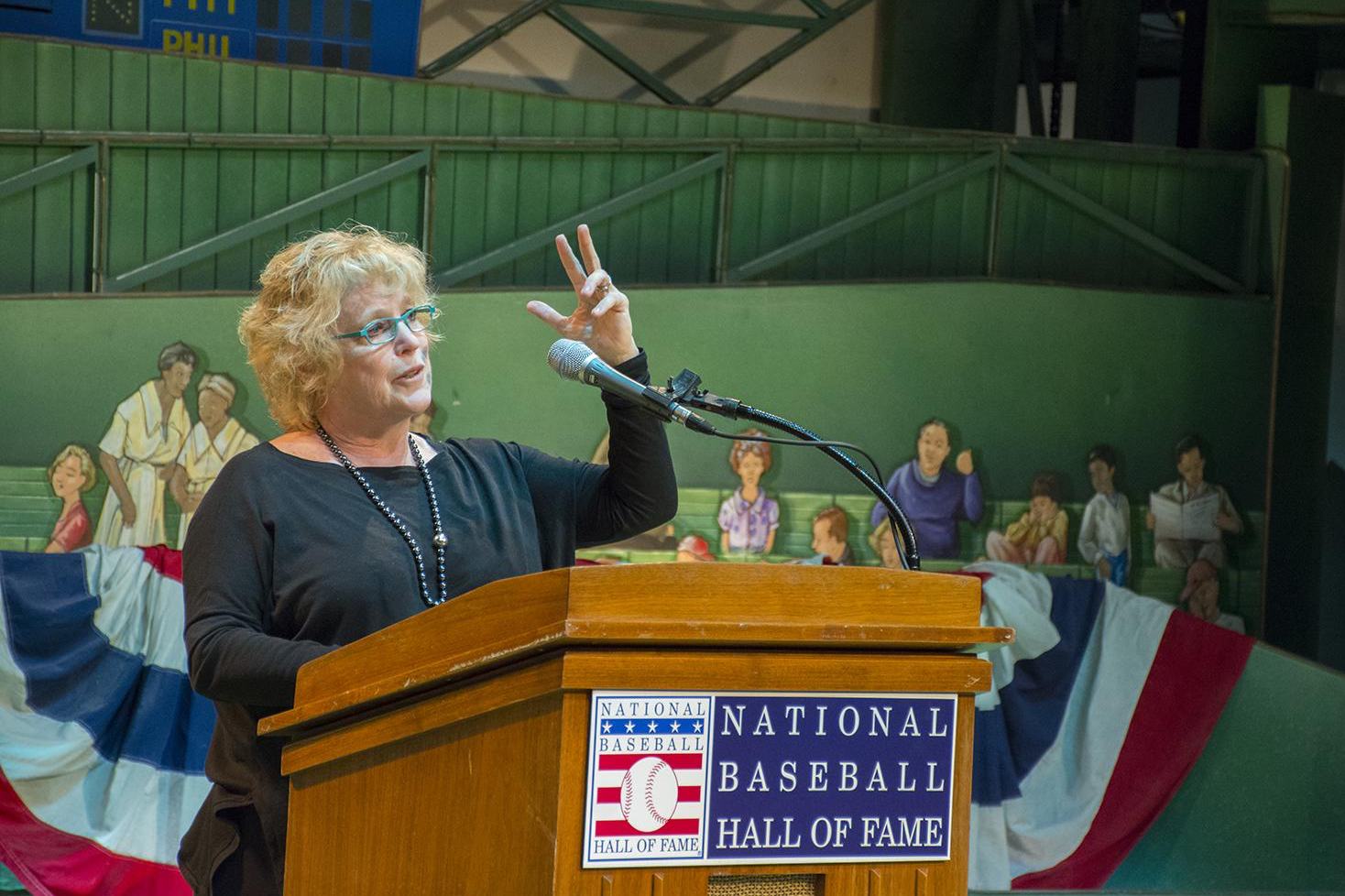
average, 1.164 OPS (the last two categories, the highest ever), there’s no need to convince us of that. But what she uniquely does in The Big Fella is describe the America into which George Herman Ruth was born on February 6, 1895; and then brilliantly crafts the impact he had on that society, while detailing the transformation that occurred by the time he left it 53 years later, on August 15, 1948. And trust me…it was a dramatic transformation indeed.
There had never been a celebrity with the massive appeal of Babe Ruth. The enormity of his impact is hard for us to conceptualize from our perspective many years later. It’s a theme skillfully developed by Ms. Leavy. Remember also the Bambino was way ahead of the patent laws and the rights of celebrities, all taken for granted today. The country had never before seen his “like”…and may never again:
“As much as Ruth made by exploiting his name and image, what was truly noteworthy was how much others made off him. Enterprising businessmen, with deep pockets and good lawyers, appropriated his name, betting he’d never find out about it or knowing there was nothing legally he could do about it. Bambino Pinto Beans form Mingo, Kansas? Big Hit Babe Ruth candy from Oconto, Wisconsin? Who’d ever heard of those?”
But, as Ms. Leavy relates, “Nothing was as infuriating as the case of the Baby Ruth candy bar”:
The Baby Ruth Candy Bar Saga
How many of us have heard the cockamamie story that the Baby Ruth candy bar was named after President Cleveland’s daughter, Ruth? That was the “official”
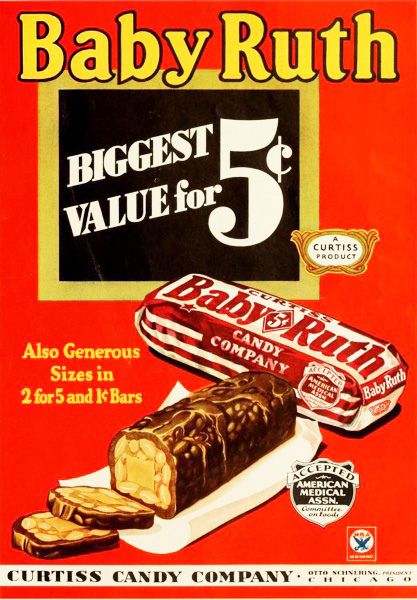
version, cleverly, but deceitfully, concocted by Curtiss Candy founder, Otto Schnering. It was a version that effectively cut Babe and his descendants out of millions of dollars of royalties.
Jane Leavy does her best to sort out the confusing details. Suffice it to say that the Curtiss Candy Company, and subsequent owners and subsidiaries, made millions from the Baby Ruth candy bar. The Babe’s cut? As Ms. Leavy so succinctly put it:
“The product with which he is most identified is also the one from which he never earned a nickel…”
Just how big did the Baby Ruth candy bar become, the candy bar that shamelessly exploited his name, while claiming it was only a coincidence that everyone in the country identified it with Babe Ruth? Try this on for size: Over one million dollars in sales each month by 1927. At one point Curtiss Candy had over 200 dedicated freight cars distributing the annual production of one billion Baby Ruth candy bars across the country. As Ms. Leavy relates:
“Most everyone in the country – from radio disc jockeys to stock boys, to baseball fans mailing Baby Ruth wrappers to the Babe for his signature, to Ruth’s own golf caddy – accepted as fact that the “Ruth” in question was him…Everyone but Schnering, who maintained in contravention of logic and public belief that his candy bar was named for Baby Ruth Cleveland, the long-dead daughter of President Grover Cleveland who succumbed to diphtheria at the age of twelve in 1904 – fifteen years before the first Baby Ruth bar appeared on the American store shelves…”
“In 1919, just as Babe Ruth was giving Boston an intimation of the fullness of his powers, Otto Schnering reformulated the former Kandy Kake into the Baby Ruth and began telling poignant tales of Baby Ruth Cleveland’s visit to the factory that manufactured the bar in her honor – a convenient transposition of time and place for marketing purposes that would have required the reincarnation of the president’s daughter. “
Years later – and after many millions of dollars in sales revenue generated for the Curtiss Candy Company – Schnering let the “cat out of the bag,” blithely admitting in Chicago Topics magazine that the brainstorm for the candy bar came to him while attending a baseball game. Babe’s ever-vigilant agent, Christy Walsh – successful in just about everything else he did for Babe – had met his match in Otto Schnering; and after years of failed litigation, finally gave up. The laws that existed at the time just weren’t on the Babe’s side.
Don’t Worry…The Babe did quite well!
Don’t feel too sorry for the Babe. Under Walsh’s guidance, he capitalized on his name and public image to a degree never before seen. As his home run prowess grew, his name became magic for sales. It seemed like everyone wanted a piece of the Babe. He was willing to give it…and they were willing to pay for it.
In 1927, it was calculated that he earned the equivalent of $26 million in today’s purchasing power. Walsh had transformed him into America’s first successful pitchman. The extensive list of the products he endorsed – and the lucrative deals he signed on to over his years in the public eye, all arranged by Walsh – is staggering, to say the least.
Meanwhile, from the Baby Ruth candy bar – owned at first by the Curtiss Candy Company, and then in succession by Standard Brands, Nabisco, and Nestle – not a nickel came his way. In 2018 Nestle USA quit the candy business, selling off all its sweets, including Baby Ruth, to the European food conglomerate Ferrero – for a cool $2.8 billion in cash.
All this and much more is detailed in Jane Leavy’s new book, The Big Fella. It’s a book I recommend to all baseball fans, especially those of us who can never get enough of the great Bambino, Babe Ruth.
Gary Livacari
Subscribe to our website, “Baseball History Comes Alive!” with over 1200 fully categorized baseball essays and photo galleries, now surpassing the 700K hits mark at 767K hits: www.baseballhistorycomesalive.com

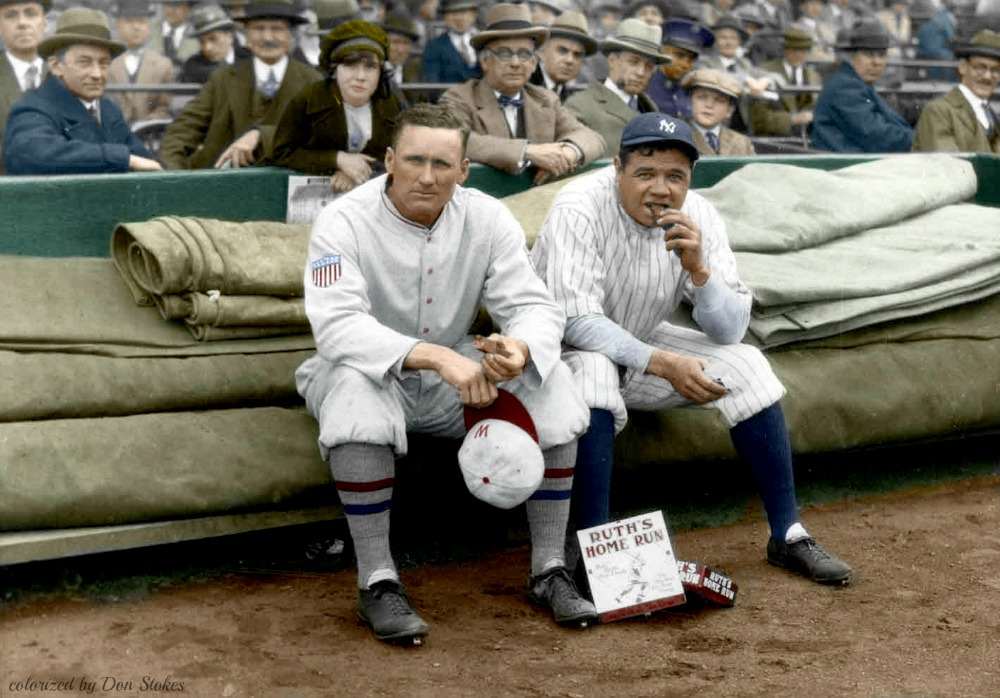
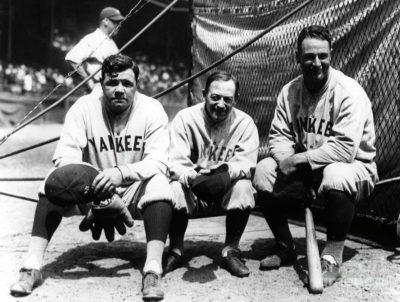
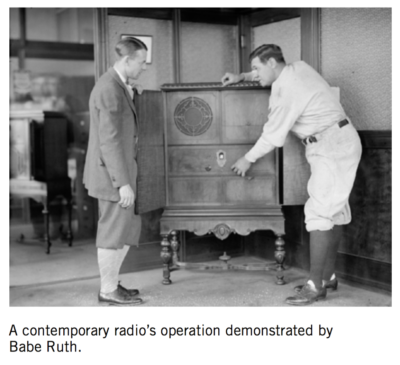
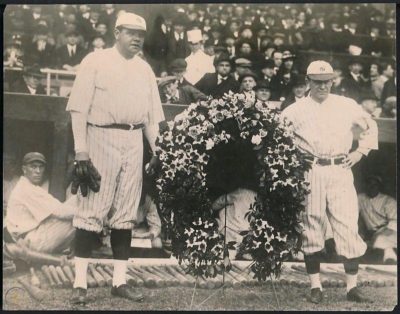
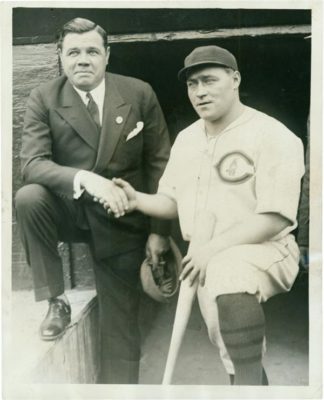
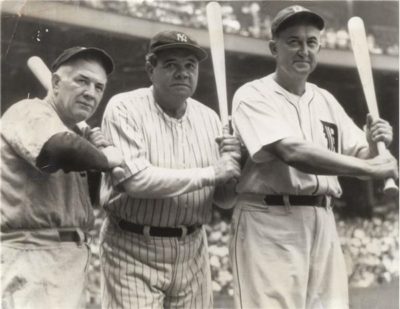
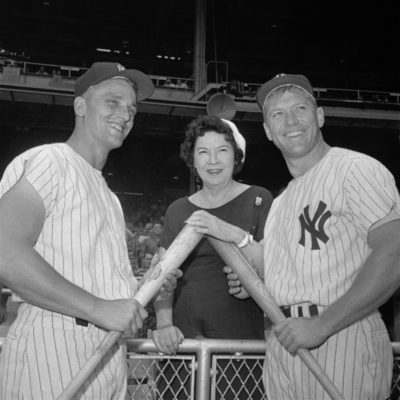
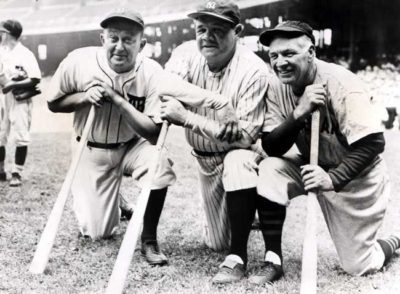
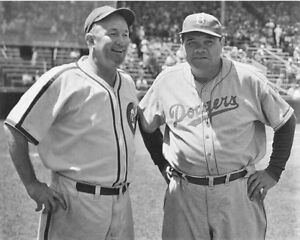
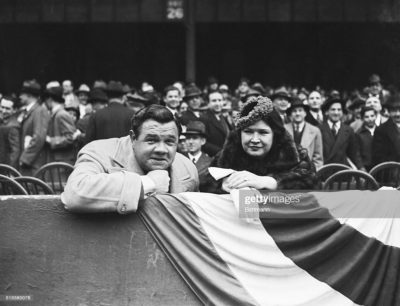
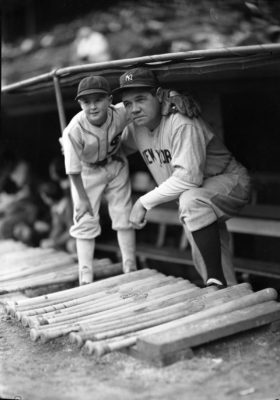
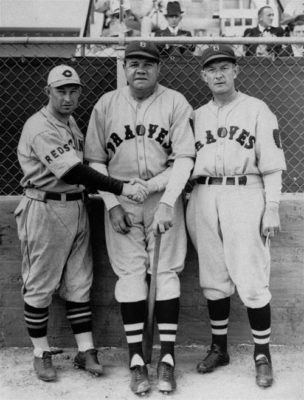
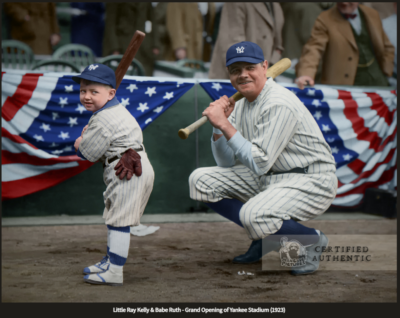
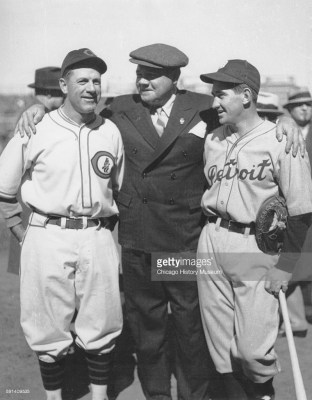
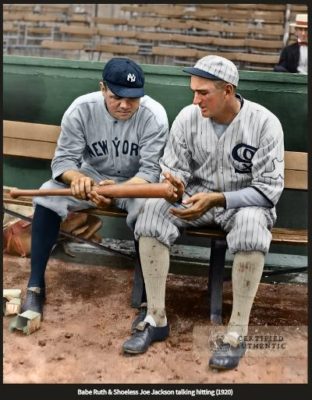
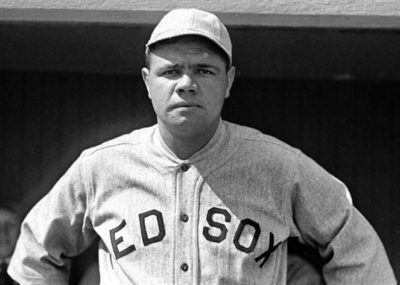
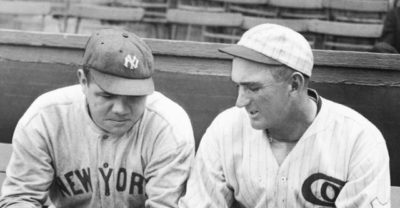
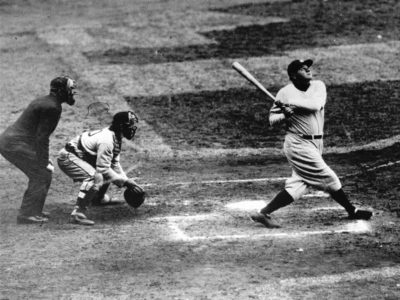
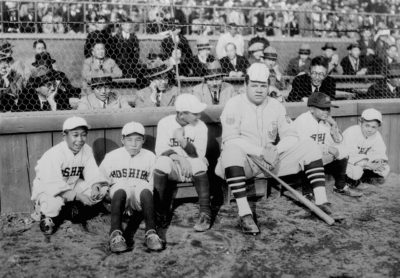
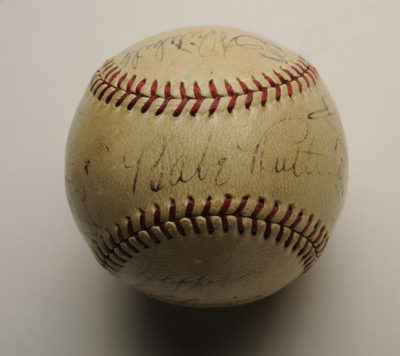
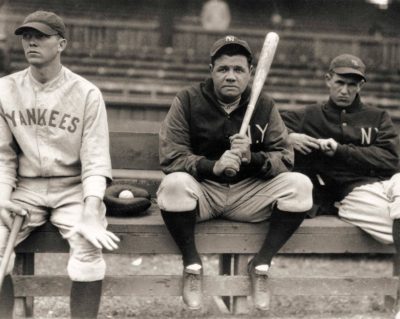
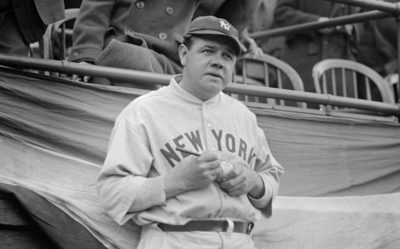
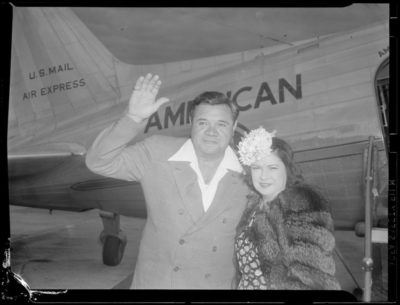
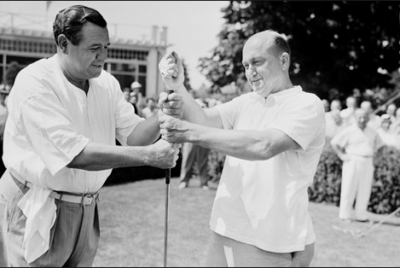
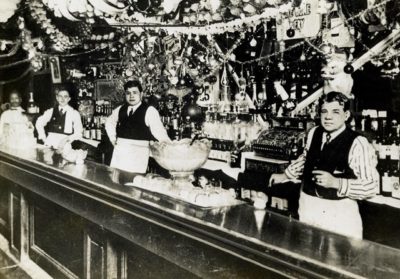
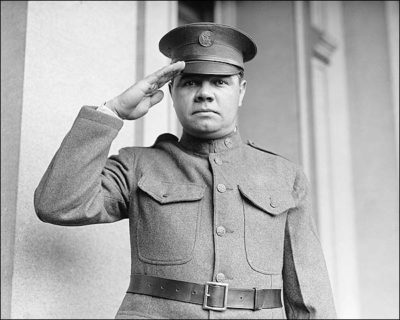
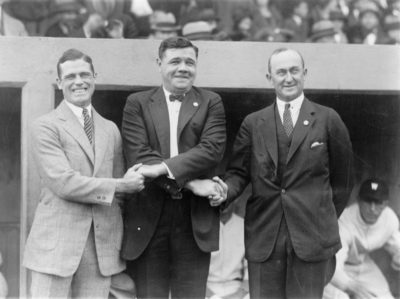
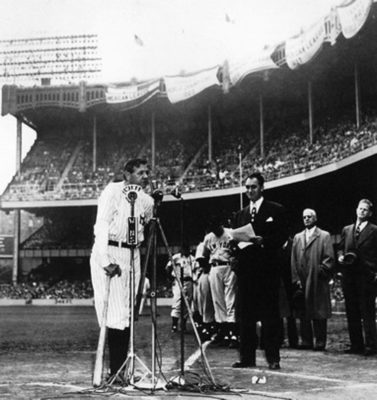
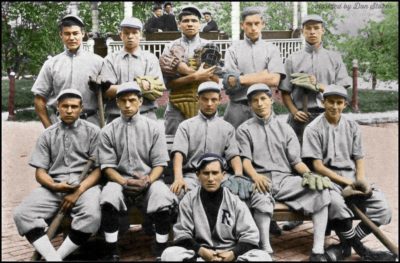
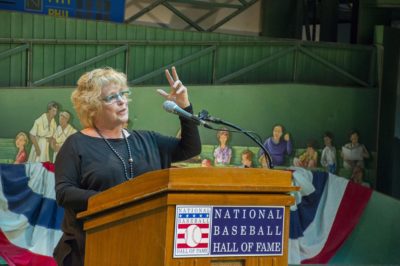
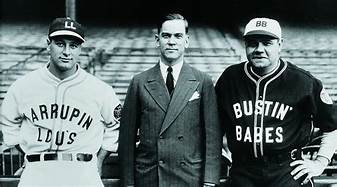
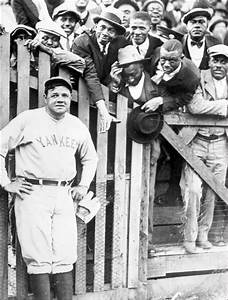
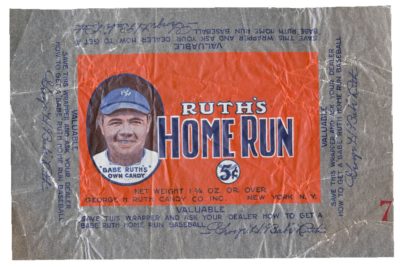

Great stuff, Gary!
As Jane Leavy wrote, “Nothing was as infuriating as the case of the Baby Ruth candy bar.” I knew nothing of the details you presented but it’s hard to imagine that Ruth’s sharp agent, Christy Walsh, was so handcuffed by the situation that he couldn’t have righted such an egregious wrong. But, as you say, The Babe did pretty good, anyway!
And, you’re right, the enormity of his stats never ceases to amaze. One you didn’t include, DD, was his lifetime OPS + of 206, also in the gold category of all time dominance. When you consider Williams was second at 191, Mantle 172, then Musial, Mays and Aaron in the mid to upper 150’s–you realize what a profound number that is. It means The Bambino was more than twice as good a hitter as the average major league batter during the years he played !!
Keep it coming!
Thanks Bill…You’re right about the OPS+, especially since it’s one of my favorite stats! I just plum forgot about it. And, as you said, it reveals that the Bambino was basically in a class by himself! YFE
I often think about how many candy bars you have to sell at 5 cents a pop to generate millions of dollars in revenue! That reminds me of William Wrigley and Wriglley’s chewing gum. How many packs of gum at 5 cents a pack did William Wrigley have to sell in order for him to purchase an entire island! I’m talking about Catalina Island which Wrigley bought off the coast of Los Angles where the Cubs spent spring training for many years. No only did he buy the island, he completely refurbished the island and put up a huge hotel! That’s a lot of gum at 5 cents a pop!
I’ll have to chew on that for awhile, DD !